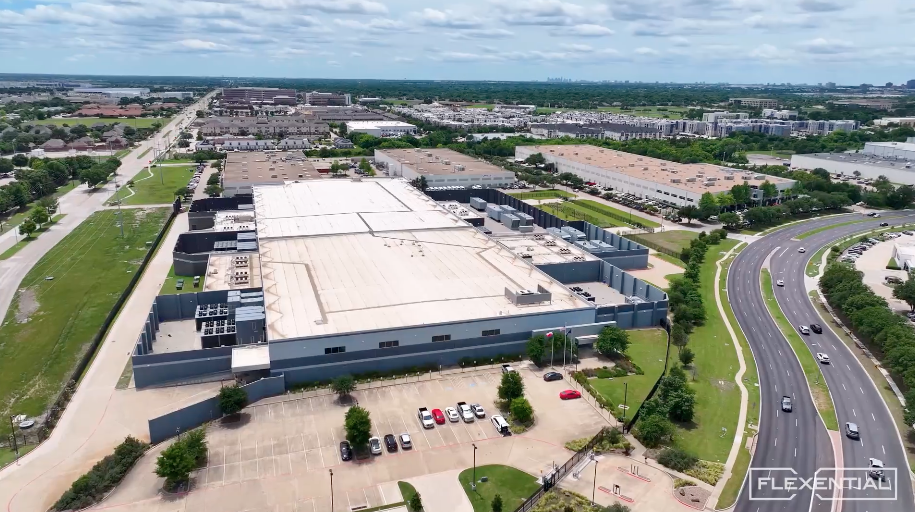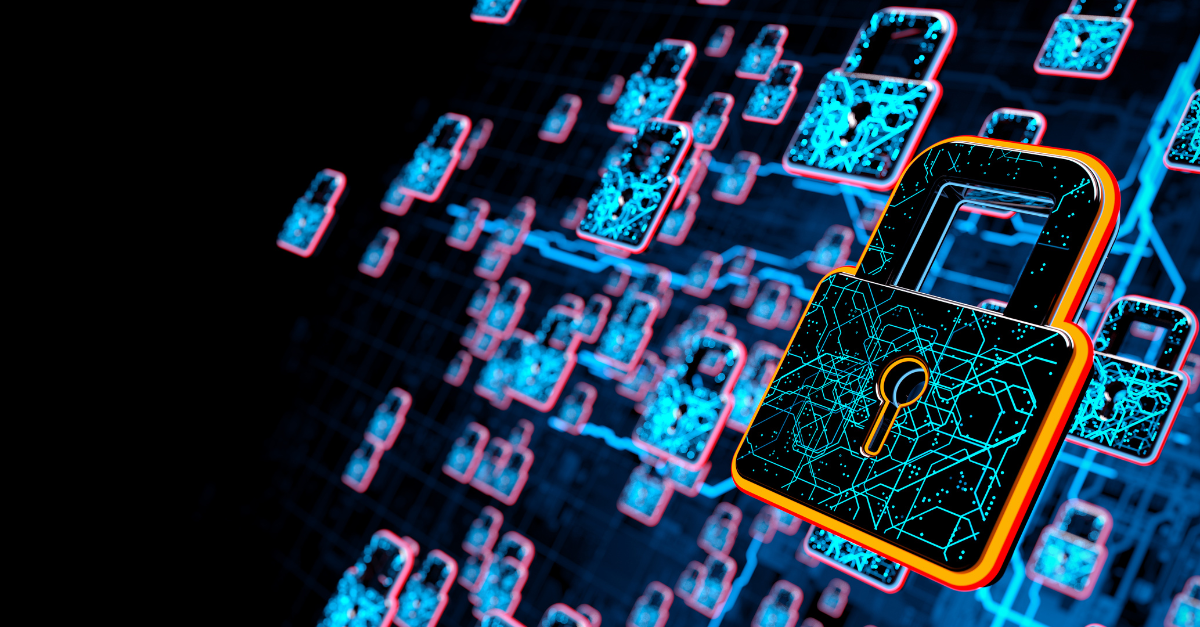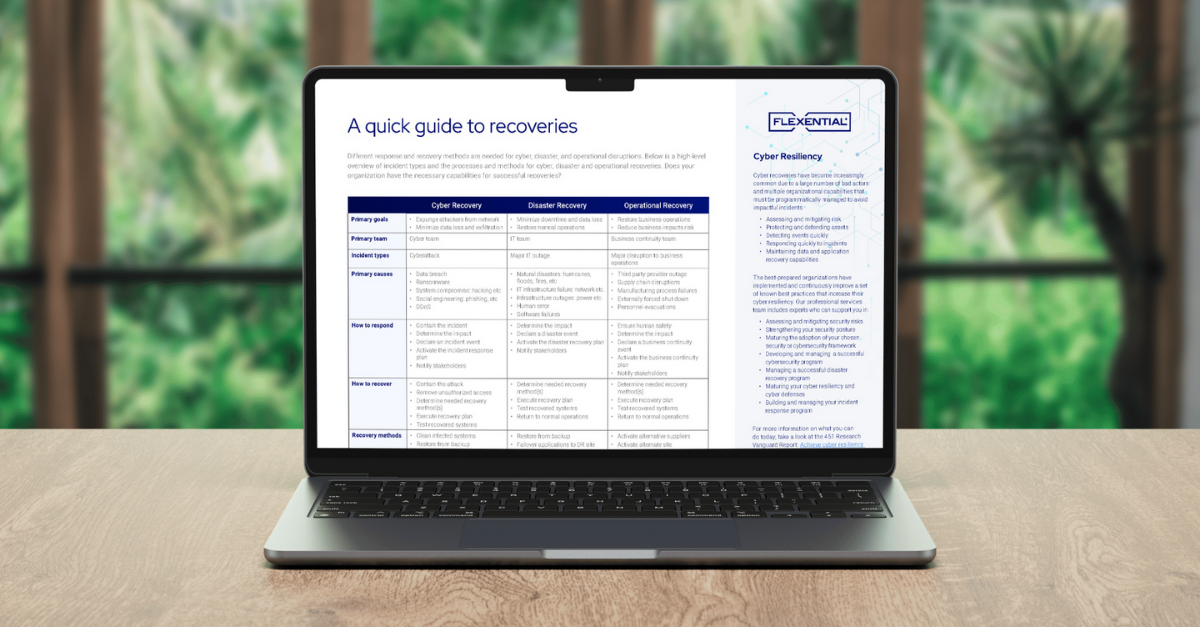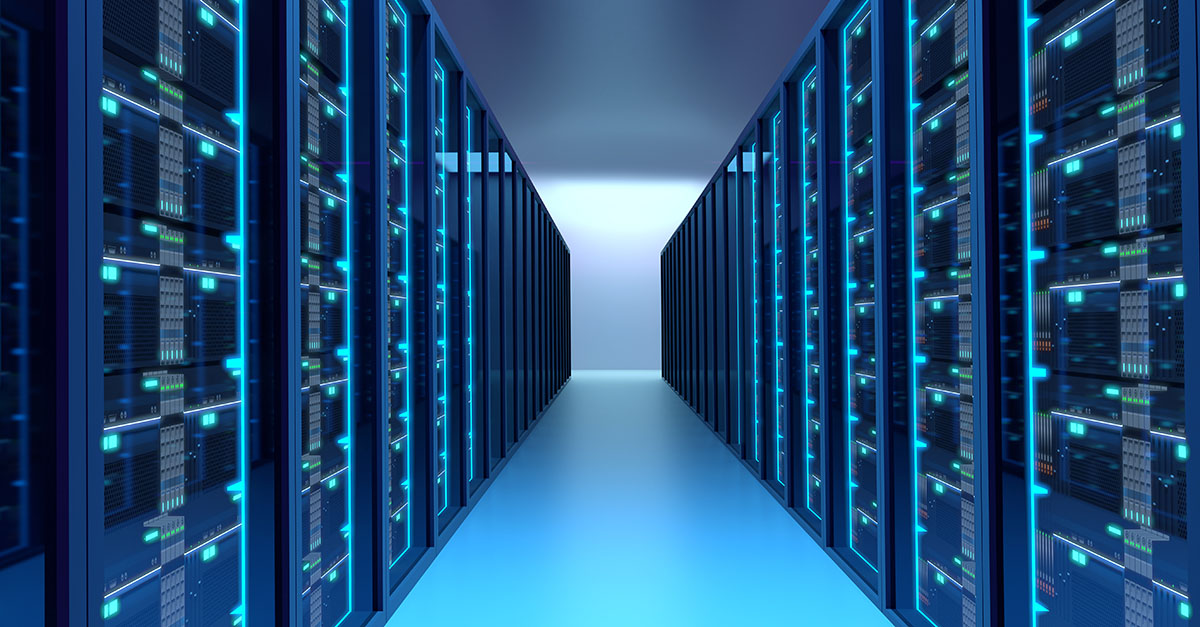Security controls implementation
Strengthening data protection
A pivotal yet often misconceived aspect of fortifying your security stance lies in controls. Security controls are instrumental in diminishing risks within your environment, enabling prompt vulnerability management, and lowering your organization’s susceptibility to threats.
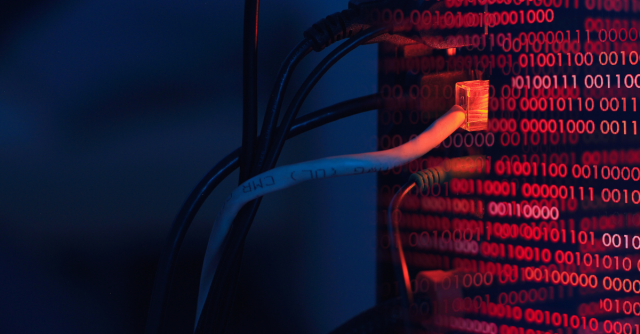
Gone are the days when managing controls was a daunting and labor-intensive task. Fast forward to today, and we've made leaps and bounds thanks to technological advancements in automation, which streamline the deployment, maintenance, and continuous monitoring of security controls.
Additionally, the advent of Artificial Intelligence (AI) in threat detection has significantly bolstered the cybersecurity arsenal; however, it’s crucial to understand that AI doesn’t diminish the necessity for traditional security controls. Instead, AI acts as a powerful ally, enhancing these controls but not replacing them. Traditional security measures such as patch management, secure protocols, and firewalls form the bedrock of cybersecurity strategies, providing essential layers of defense against a wide array of threats.
Key security controls
The following is a list of security controls that may or may not exist in your organization today. Incorporating these data security strategies can significantly enhance your security measures and safeguard your data.
Patch Management
Essential yet often neglected beyond operating systems, patch management should extend to all user-interacting layers, including network infrastructure, Java, Adobe, and more. Aim for proactive security patching at least monthly to keep vulnerabilities in check.
Lifecycle Management
The obsolescence of legacy technologies poses significant risks. Similar to household maintenance, such as replacing outdated wiring or air filters, updating operating systems and applications is crucial.
Firewalls
The significance of firewalls remains undiminished. Resist the temptation to implement permissive rules for expedited deployments. Compromises for immediate business needs aren’t worth the security risk. Regularly review and adjust firewall rules to maintain a robust defense perimeter.
Password Policies
The challenges around passwords persist, with shared or overly broad access accounts posing significant risks. Ensure accounts are adequately secured, and access is strictly controlled based on the sensitivity of the data they guard.
Secure Protocols
Adopt secure transmission protocols by default. Move away from FTP or TELNET in favor of Secure FTP and ensure HTTP traffic is redirected to HTTPS to protect sensitive data.
Web Proxies
Web proxies remain a critical security component, offering insights into user behavior and enabling the blocking of access to high-risk sites. They serve as a pivotal control point for managing risky online activities.
Antivirus Solutions
Modern antivirus tools predict potential threats by analyzing interactions with the operating system, offering a proactive approach to virus prevention. While still necessary, the focus is shifting towards more comprehensive endpoint protection platforms (EPP) and endpoint detection and response (EDR) solutions that offer more proactive and advanced threat detection capabilities.
Policies and Training
Implementing and enforcing workplace policies and procedures is essential for mitigating risks. This can be significantly bolstered by regular awareness training and disciplinary measures.
Data Backups
With the rise of malicious ransomware attacks, backups are non-negotiable. Organizations must ensure comprehensive data backups to guarantee business continuity in the face of irreversible data loss.
Secondary Accounts for Administrators
Create secondary, privileged access accounts for administrators to separate high-risk activities from critical system access. This approach minimizes exposure to threats from routine tasks like email and web browsing.
Penetration Testing
External penetration testing is critical for assessing your environmental and infrastructural security posture. This evaluates your full technology stack, identifying potential vulnerabilities and areas for improvement.
Disaster Recovery Planning
A comprehensive disaster recovery strategy is indispensable, outlining backup restoration processes, system prioritization, and recovery sequencing to ensure operational resilience.
New: AI and Threat Protection
AI and machine learning (ML) technologies have the unique capability to analyze vast quantities of data at unparalleled speeds, identifying patterns and anomalies that would be impossible for human analysts to detect in real-time. This allows for the early detection of sophisticated cyber threats, including zero-day exploits and advanced persistent threats (APTs), that conventional tools might miss. Moreover, AI-enhanced systems can learn and adapt over time, continuously improving their detection capabilities and enabling them to stay ahead of cybercriminals’ evolving tactics. Incorporating AI into your security strategy not only augments existing controls but also transforms your security posture from reactive to predictive, ensuring a higher level of protection against the ever-increasing complexity of cyber threats.
If you’re ready for more, watch our webinar, “Mastering data protection: Insights for implementing the right data protection strategy for your workloads,” to explore real-world applications and practical examples to get ahead of potential disasters while managing costs.
Conclusion
Incorporating these security measures is a strategic move toward enhancing your organization’s defense mechanisms. Remember, adopting a slightly paranoid stance towards potential threats can be the difference between staying secure and facing significant breaches.
Learn more about how Flexential Managed Security protects your IT infrastructure against external and internal threats.
